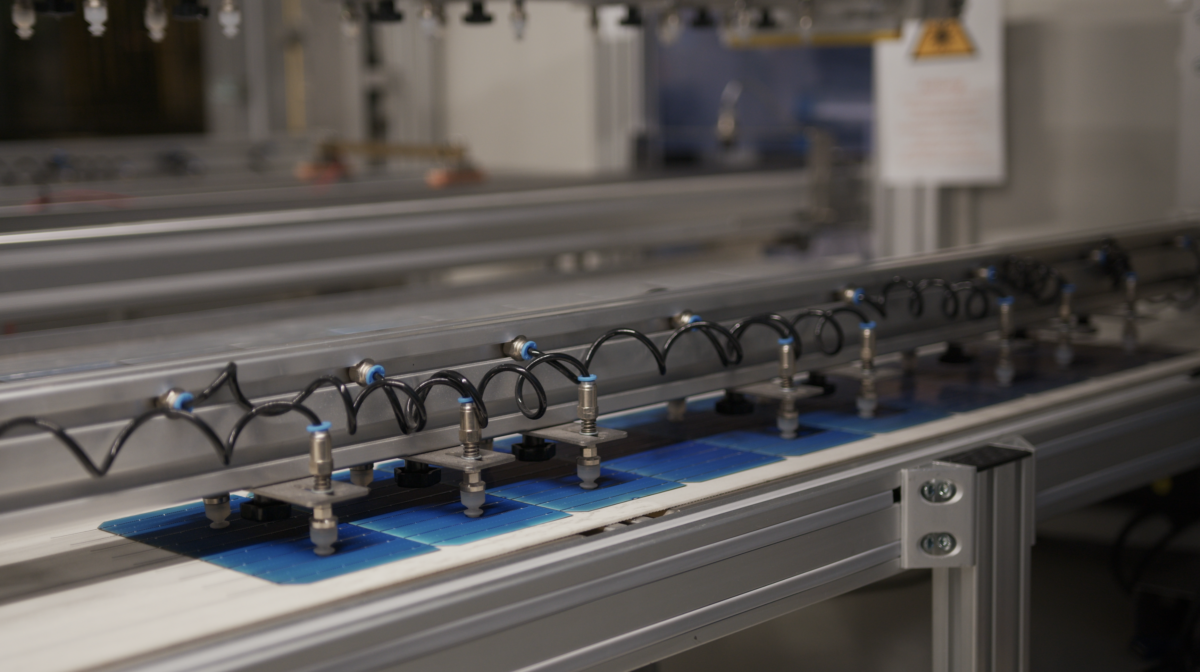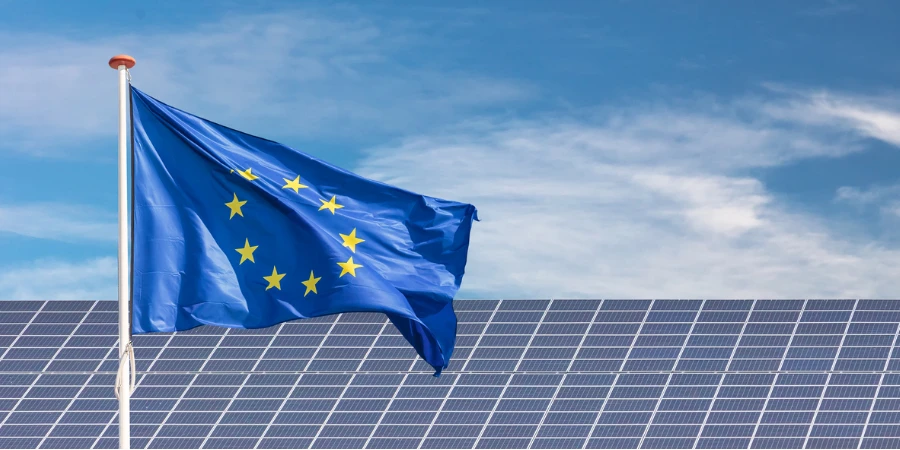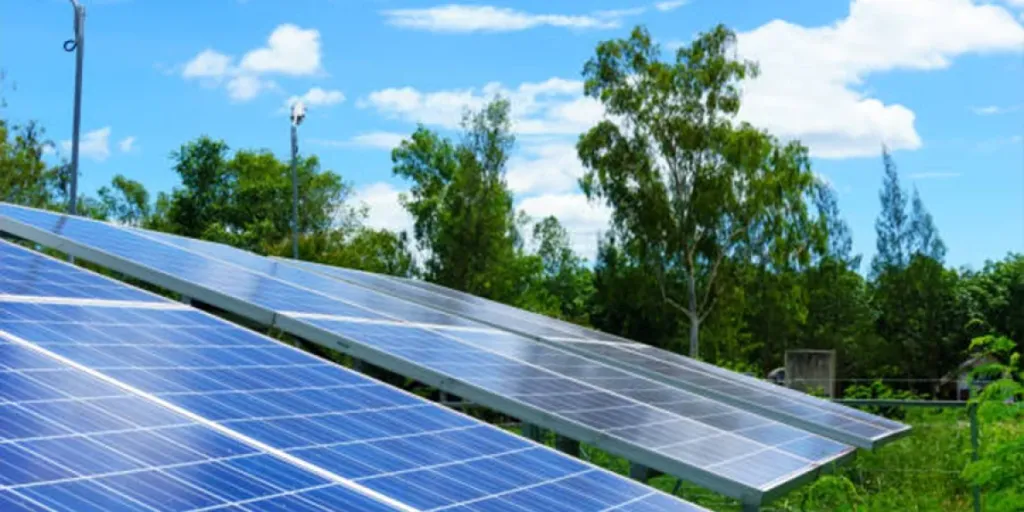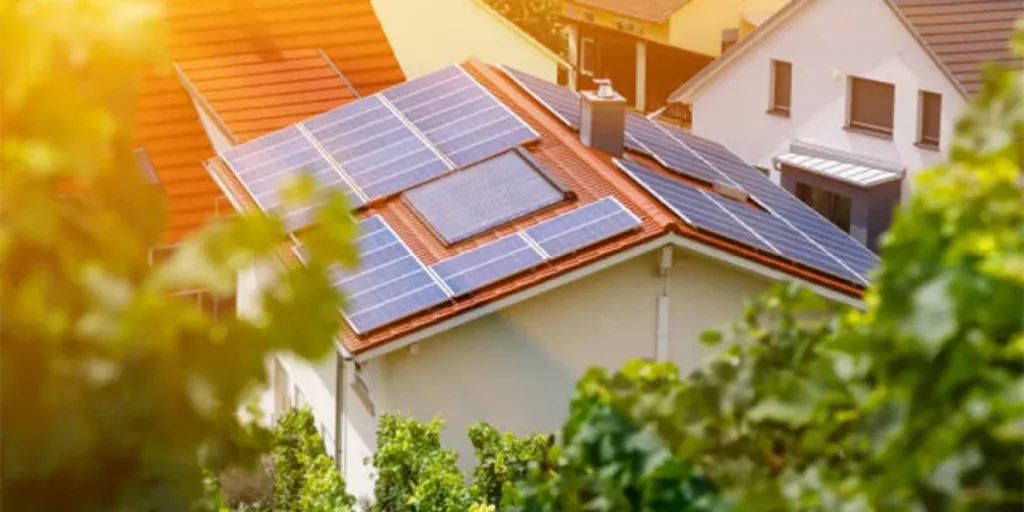Ahead of the upcoming introduction of EU Ecodesign and Energy Label policy measures for solar PV products, SolarPower Europe brings some reflections on the topic, adding insights to the ongoing industry discussions.

For those in the know, the upcoming EU Ecodesign and Energy Label policy measures for solar PV products are some of the most hotly anticipated legislative pieces in the works. These are the technical and information requirements that set the minimum standards for circularity, energy performance and environmental sustainability for products being placed onto the European market.
In 2021, Ecodesign rules saved European consumers €120 billion ($129.5 billion) in energy expenditure and led to a 10% lower annual energy consumption. Ecodesign rules apply to more than 30 product groups, with Energy Labelling applying to many of those. Until now, solar photovoltaic products had no product category of their own – but that’s all about to change. There is much speculation and concern about what the final Ecodesign and Energy Label requirements for PV products might look like, so it’s useful to take a step back, review the process, and break down some recurring themes in industry discourse.
The European Commission circulated a draft of the PV Ecodesign and Energy Label measures in June 2022, proposing requirements on maximum embedded carbon footprint, minimum quality and reliability requirements, material content disclosure and other circular aspects for PV modules and inverters. In March 2023, an update of the draft carbon footprint calculation method was circulated among stakeholders.
With these drafts, the industry had several fair concerns, some of which have been subject of recent discussion. One key aspect is the carbon footprint accounting methodology, which needs to be set in a way that prevents any possibility of incorrect reporting. The choice of the carbon footprint functional unit – either considering the module nameplate capacity (kW), or rather the PV electricity produced throughout the module lifetime (kWh) – has stirred some debate. The concern is that incorrect use of the parameters needed to convert the carbon footprint expressed in kWp into the kWh format, which is the functional unit under the current European Commission methodology, could open fraud opportunities. These parameters are module power output, module degradation rate, solar irradiance, and module lifetime, basically the factors that allow to calculate lifetime energy yield from the module nameplate capacity.
Upon closer look, however, that risk is very minimal as these parameters are either fixed, or based on objective values: power output is determined under standard test conditions; degradation rate and solar irradiance are going to be fixed values; module lifetime will be either a fixed value or based on product claim, provided that minimum warranty conditions apply. Industry can feel reassured – if the methodology goes down this avenue, as we anticipate the European Commission will do, and as long as the fixed values are sensible, there will be hardly room for any incorrect reporting using the kWh functional unit.
Another point of discussion is the use of green certificates in manufacturers’ electricity accounting. Certainly, as the corporate renewable purchasing sector booms, the role of trustworthy green certificates grows even more important. The 2023 draft already engages with this challenge, setting minimum reliability criteria to be used to distinguish between reliable and unreliable green certificates. We also understand the Commission is continuing to work on the topic and even plans to set more stringent criteria further limiting the use of green certificates, aligning the methodology with other sectors undergoing the same process – e.g. the battery sector. The European Commission already signalled several times that it won’t blindly accept third-country green certification schemes without clearly demonstrated reliability.
It’s important to ensure the green certificates we use are reliable. It’s also important to acknowledge that direct use of renewable electricity, such as through a self-consumption PV system located at the manufacturing plant, clearly reduces the carbon footprint of the manufacturing process – this is a good practice that we should encourage and acknowledge within the law. Against this background, using only national energy mixes to determine the carbon footprint of a product would unnecessarily and significantly dilute granularity.
Beyond general concerns about the rules’ content, there have also been proposals which are not suited to the Ecodesign & Energy Label legal basis. There have been recommendations to change the Energy Label into an indicator of embedded carbon or energy. This stems from a common misinterpretation of the role of the Energy Label, which is a tool meant to illustrate the product’s energy performance in the eyes of end-users – in other words, how much the PV module energy generation will help them produce green energy and save on electricity bills. It would parallel the label you can see on your fridge, except that it indicates how much energy the PV module produces, rather than the energy consumed by the device. At most, an embedded carbon label could be included as a separate indicator on an energy label but shouldn’t change the fundamental function of the label.
Another suggestion seems to imply that Ecodesign could be a substitute for the solar industrial policy that the EU is undoubtedly falling short on. At SolarPower Europe, we’re clear that ESG-based market access standards, like Ecodesign or supply-chain sustainability legislation like the Forced Labour Ban, are key accompaniments to a robust industrial policy. Market access standards help European manufacturers compete on a level playing field with global players – they’re all bound by the same rules.
Because there is the key point: Ecodesign is not about industrial policy; that’d be like trying to use a baseball bat to solve a Rubik’s cube. We must avoid import barriers in disguise which risk slowing down the solar market, but even more importantly, there are better solutions available to support European solar manufacturers in crisis. We’re pushing for an EU Special Purpose Vehicle to buy out and resell 2023 stock, and calling on Member States to consider state guarantees or credit lines to ailing manufacturers. In the longer term, resilience policies under national programmes and the Net-Zero Industry Act must play a key role, while the European Investment Bank should be supporting solar manufacturing development projects. The should also EU come forward with a specific Solar Manufacturing Facility, linking to the Innovation Fund or Sovereignty Fund.
We’re expecting the next draft proposal of Ecodesign & Energy Label Solar PV rules in the coming weeks. Though the timeframe is dynamic, and has already been subject to delay, this could mean that the package could be formally approved within the current year, with rules starting to apply as early as 2025. It’s essential to ensure a timely finalisation and no further dithering to make sure that the European solar sector is up to take a pivotal role in the decarbonisation challenge.
Author: Raffaele Rossi
Raffaele Rossi is Head of Market Intelligence at SolarPower Europe and has coordinated the efforts of SolarPower Europe’s Product Sustainability Workstream (and its predecessors) since 2019.
The views and opinions expressed in this article are the author’s own, and do not necessarily reflect those held by pv magazine.
This content is protected by copyright and may not be reused. If you want to cooperate with us and would like to reuse some of our content, please contact: editors@pv-magazine.com.
Source from pv magazine
Disclaimer: The information set forth above is provided by pv-magazine.com independently of Alibaba.com. Alibaba.com makes no representation and warranties as to the quality and reliability of the seller and products.




